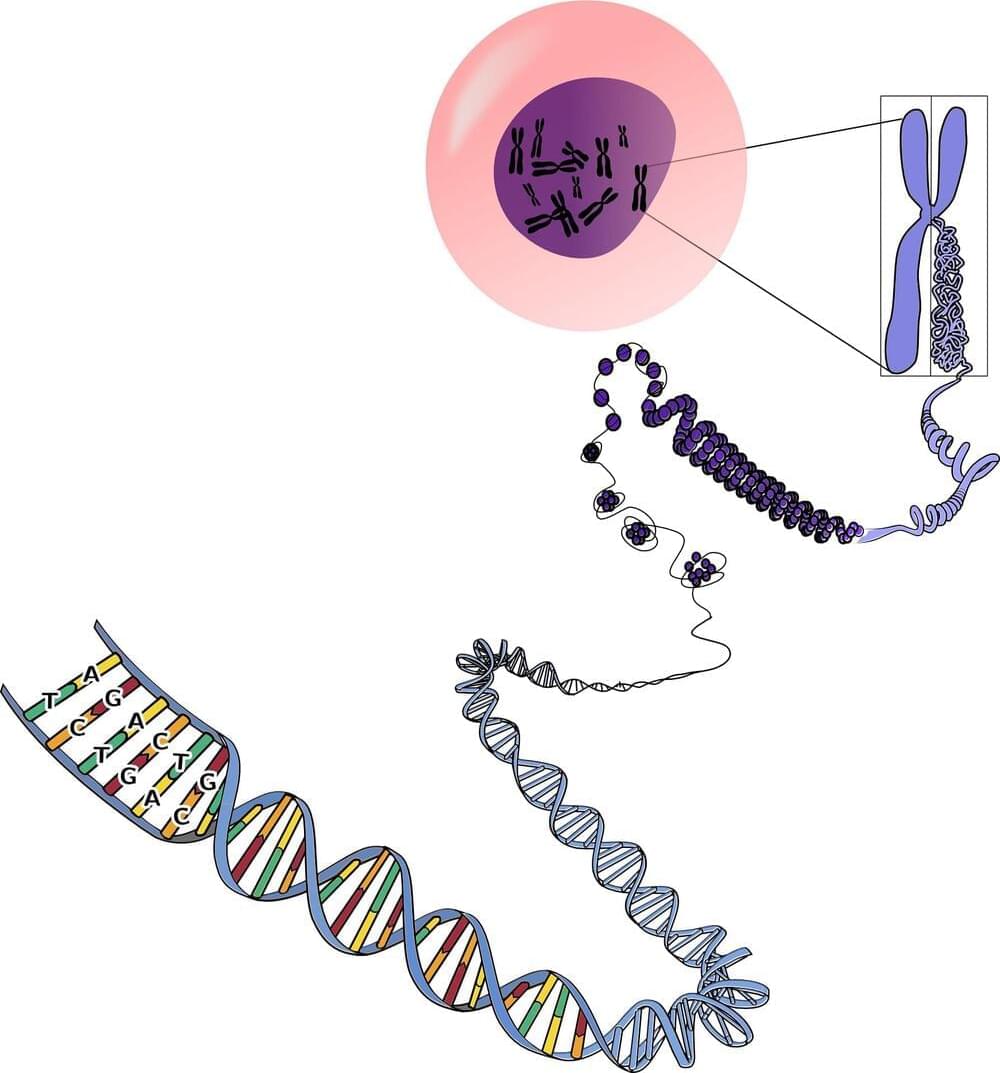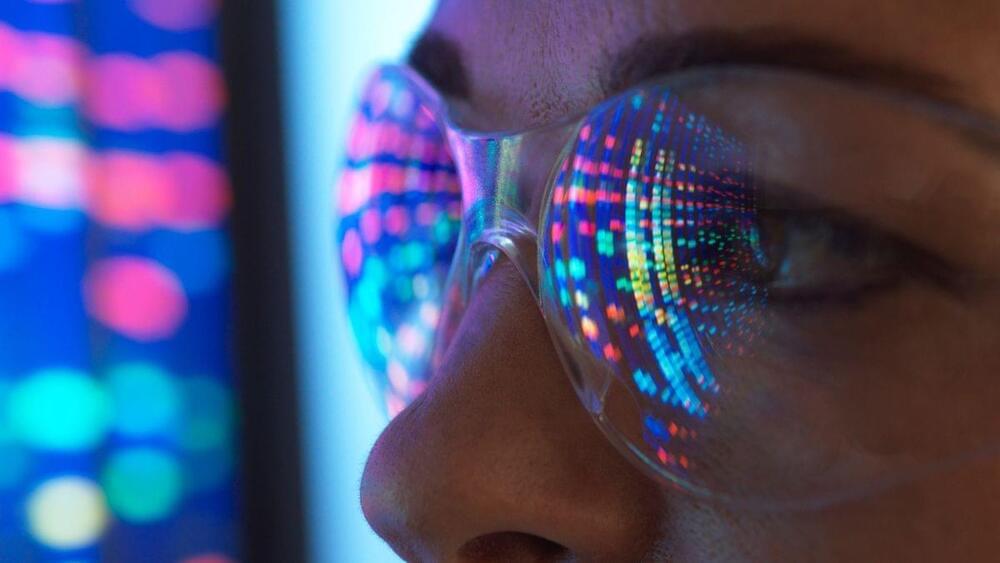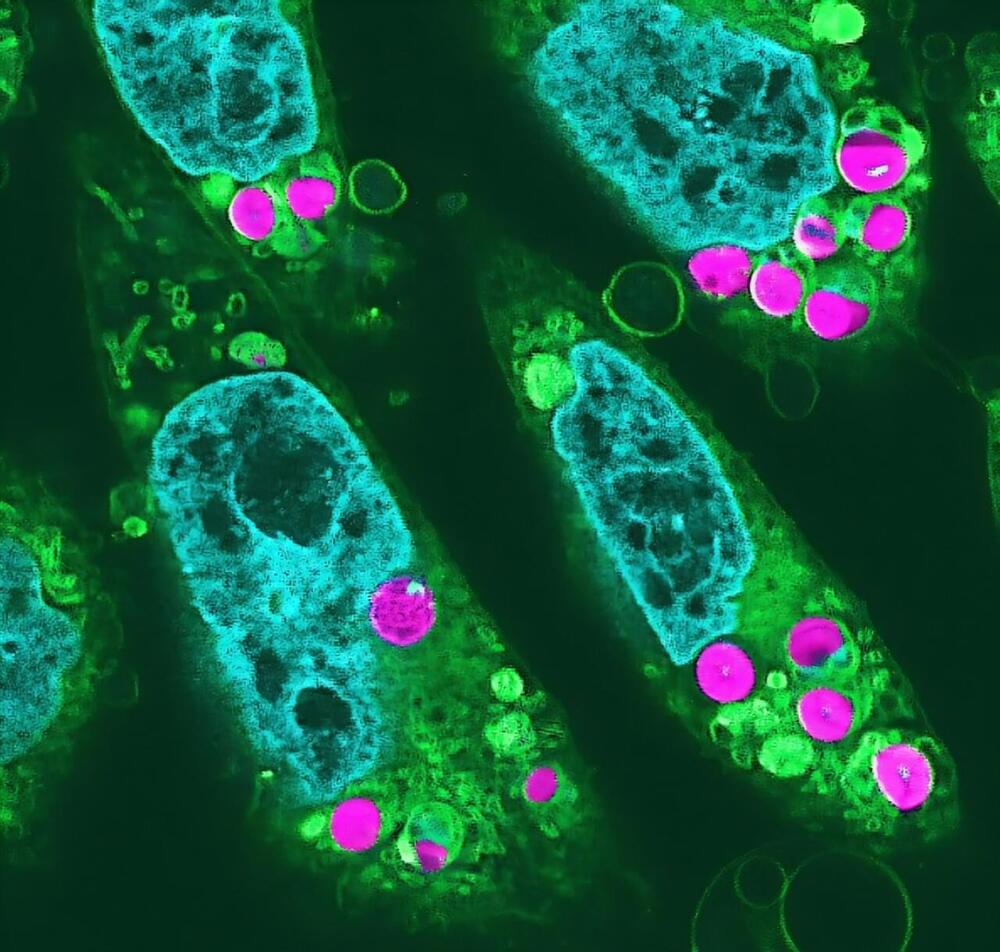New science experiments and research samples, delivered on Tuesday by the SpaceX Dragon cargo spacecraft, were installed on Wednesday on the International Space Station (ISS). Meanwhile, science activities and lab maintenance continue to support the smooth operation of the orbital outpost.
Crew Begins Unloading and Installation
The four NASA astronauts representing the Expedition 72 crew, including Flight Engineers Don Pettit, Nick Hague, and Butch Wilmore, as well as Commander Suni Williams, spent the day unloading Dragon’s research-packed cargo. Arriving on November 5, Dragon brought advanced research equipment and temperature-sensitive specimens, which the crew quickly transferred to the ISS, placing them in dedicated research racks and cold storage for upcoming experiments.









